
Review on 🔵 HATCHBOX 3D ABS 1KG1 75 BLU Filament: Superior Dimensional Accuracy for High-Quality Prints by Omar Alradwan

More temperamental than other hatchbox ABS materials, but with excellent build quality and durability.
Before we move on to the cons, it's worth pointing out the pros of the product and why I like it. As ABS is difficult to print on, Hatchbox ABS is usually quite durable and offers very good value for money. If you want to create durable materials and are willing to do some filament and stress testing, you absolutely can do it to print nice parts that will stand up to abuse, but you have to test the material. As ABS, he suffers on the same level. will warp and shrink like any other 3D printed ABS material. You need a solid heatbed that can get up to 100°C to even consider printing this, and cold spots in your heatbed or a lack of warm air during printing can cause shrinkage. It's a good idea to have a case around your printer, as well as a decent heatbed to even think about ABS printing. Also, this particular color is a bit more difficult to work with than the black, gray and white ABS I had from the same company. The temperature tolerances for this particular color are much tighter, so printing above 210°C will result in print quality issues as well as filament burning. Sometimes I just get brown spots or streaks like the filament has been in the hot end for too long, but I've never had this problem with white filament. I did some serious testing on my prints (photos included to show progress) because I was struggling to get a decent bridge or bar shape out of the box. For some reason this material leaked like hell and this was especially noticeable when trying to patch even small gaps. This is not consistent with the flow rate and actually had more severe droplet problems when the flow rate was reduced. I have my final settings below, but after about 30-40 extreme overlap tests I was able to understand the tolerances of this material. Unfortunately I also had some first layer adhesion issues and I'm not sure if it is related to the paint and dye used or not, but using a 2mm border pretty much has all the issues with the first layer removed. The settings I went with are listed below, your mileage may vary so I recommend running temperature and bridge tests if you are having trouble. Slicer: PrusaSlicer 2.3.0 Printer: Prusa Mini (DIY, unofficial) Case: Yes First layer temperature: 235 °C Every second layer temperature: 210 °Cheatbed: 100 °C (all layers) Bridge fan speed: 75% Normal Fan Cooling: 25% (always on) Bridge Pressure Velocity: 25 mm/s Bridge Flow Rate: 0.75
- ABS (Acrylonitrile Butadiene Styrene) Vacuum Sealed Filament for 3D Printers with Desiccant
- Don't know
New products
Comments (0)
Top products in 🖨️ 3D Printing Supplies
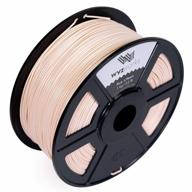
WYZworks 1.75Mm Premium PLA Filament - Antique Rosy White/Skeleton | Dimensional Accuracy +/- 0.05Mm | 1Kg/2.2Lb | Multiple Color Options

30 Review
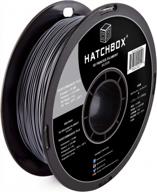
HATCHBOX Silver Performance PLA 3D Printer Filament - Dimensional Accuracy+/- 0.03 Mm For Superior Printing Results

30 Review
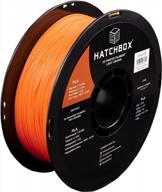
High-Quality 1.75Mm Light Orange PLA 3D Printer Filament By HATCHBOX - 1 KG Spool With +/- 0.03 Mm Dimensional Accuracy For Exceptional 3D Printing Filament Results

25 Review
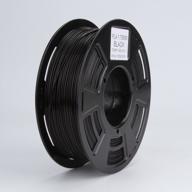
High-Quality Melca Black PLA 3D Printer Filament, 1Kg Spool, 1.75Mm Diameter With Precise Tolerance

30 Review
Another interesting products

🖨️ IFUN 3D Printing Liquid Resin: High-Quality Innovative Solution

5 Review
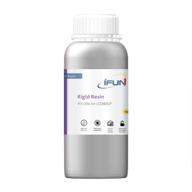
🔵 IFUN 3D Rapid Resin - Low Odor Photopolymer Resin for 405nm LCD 3D Printer - Fast Curing, Standard Rigid Formula - Sky Blue, 500g

5 Review

High-Precision And Stable Creality Ender 3 V2 3D Printer With New UI, Silent Mainboard, Effortless Filament Feed-In, XY-Axis Tensioner, Resume Printing, And Large Build Volume Of 220×220×250Mm

11 Review
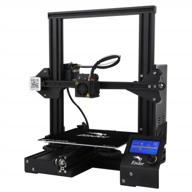
Economic Ender 3D Printer DIY Kit With Resume Printing Function, Large Printable Area Of 220X220X250MM By Creality 3D

18 Review

